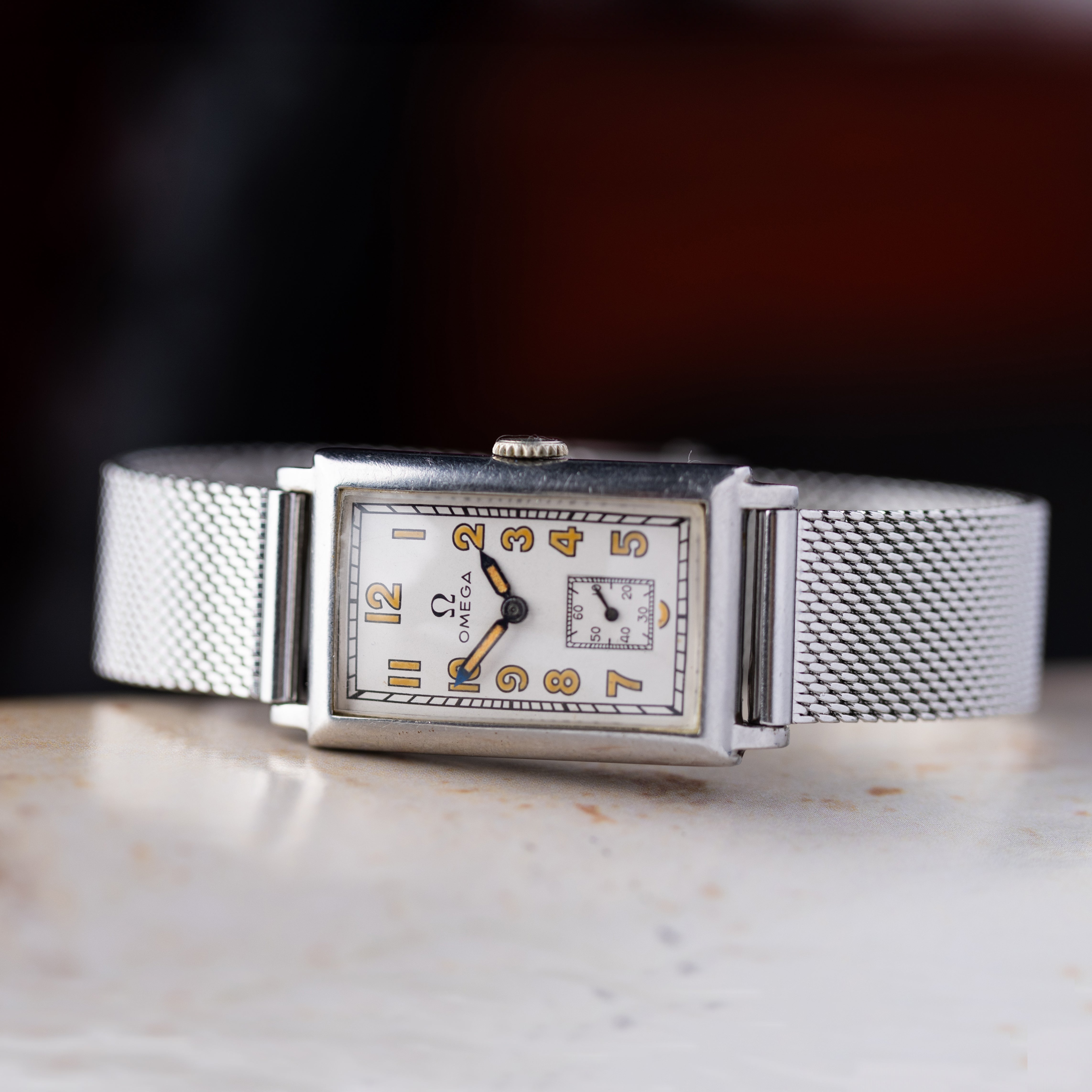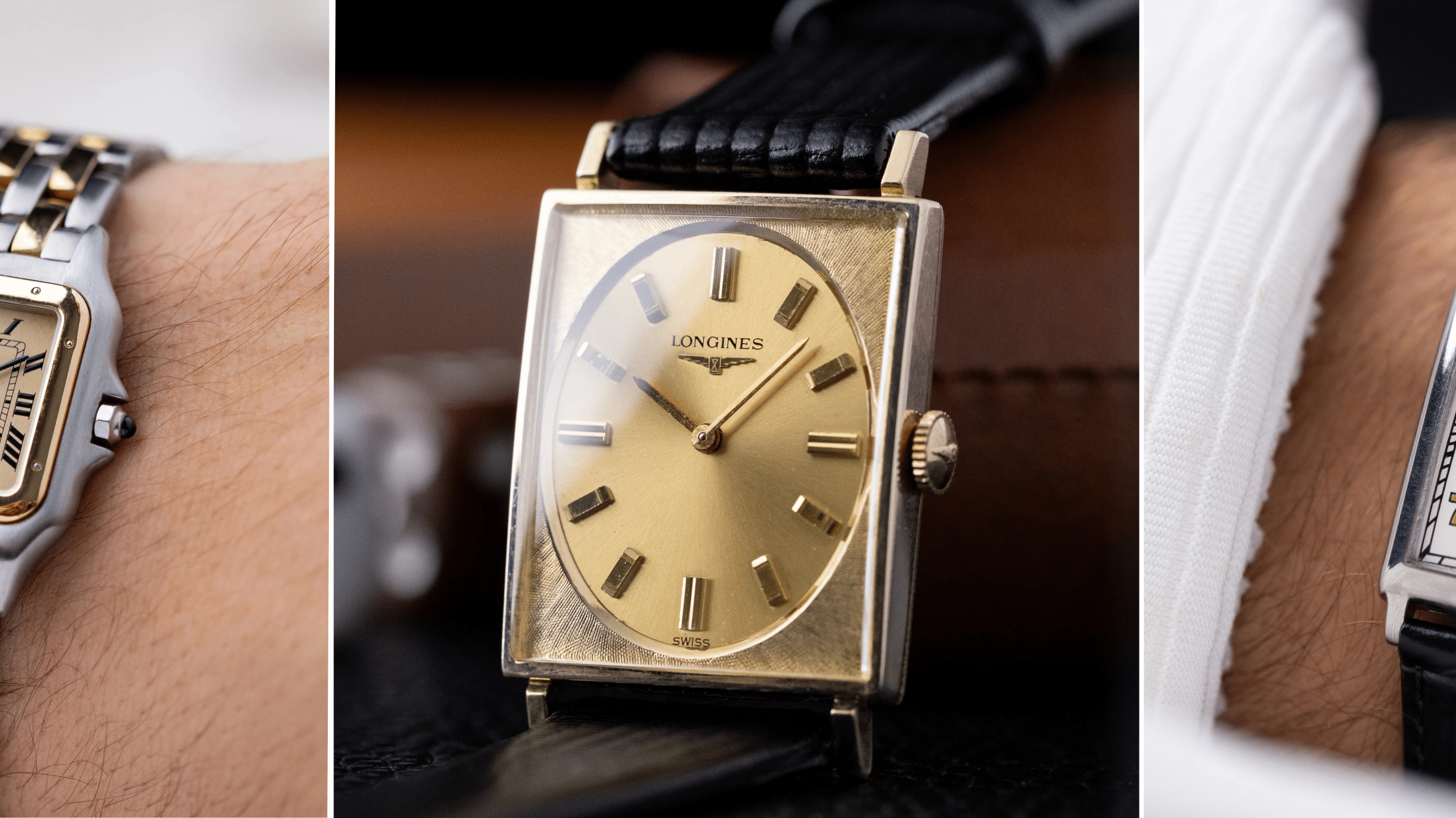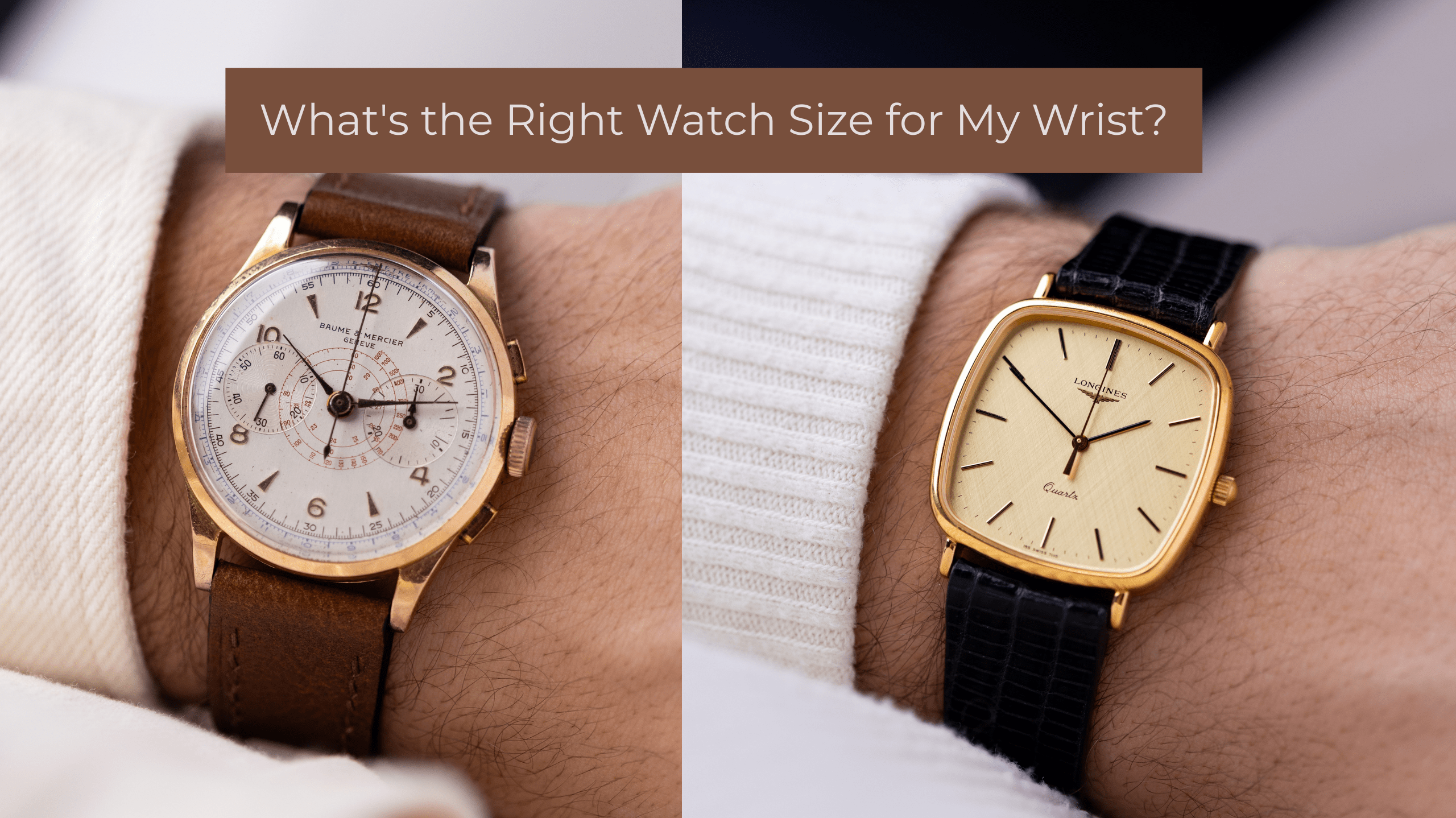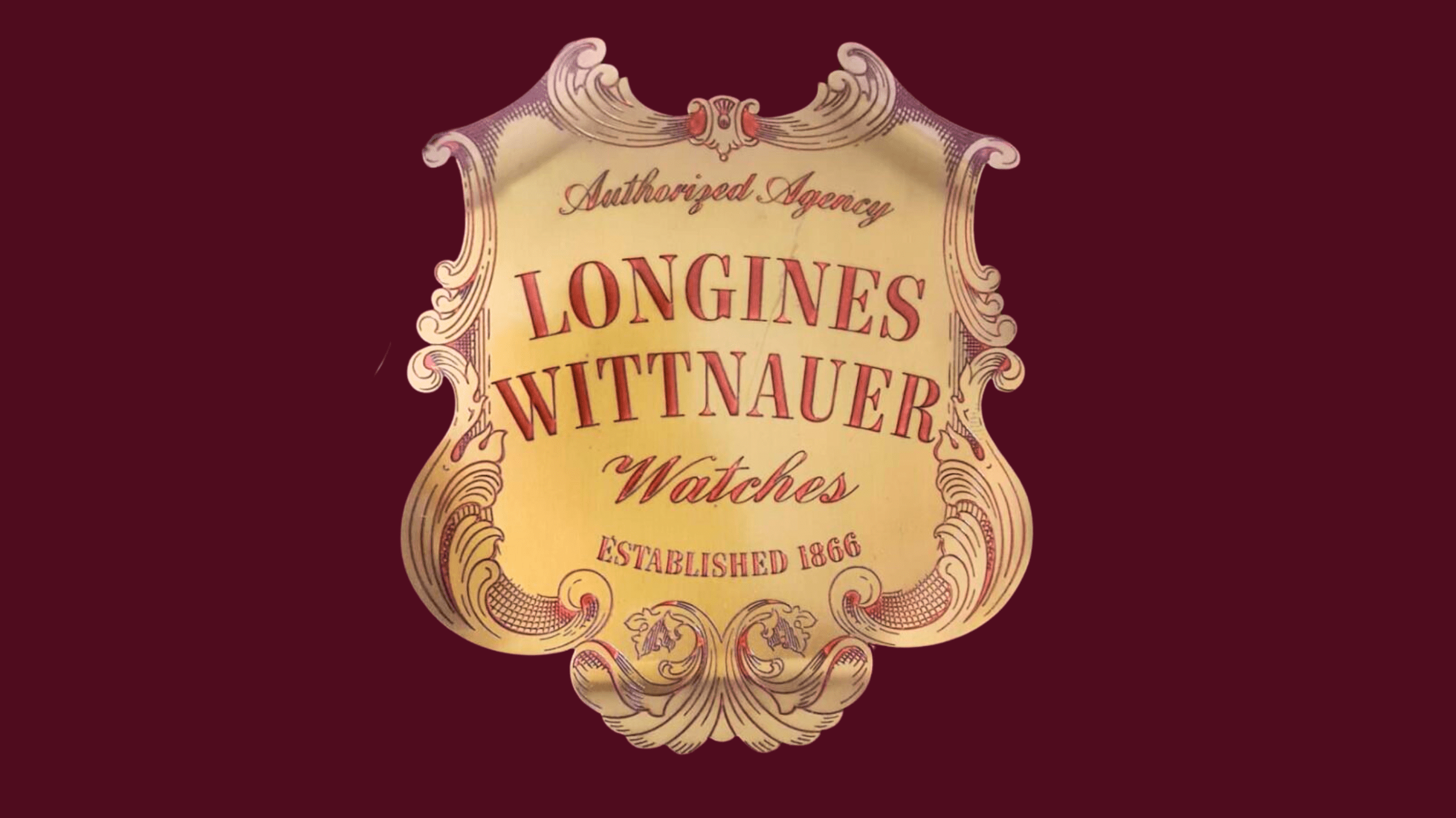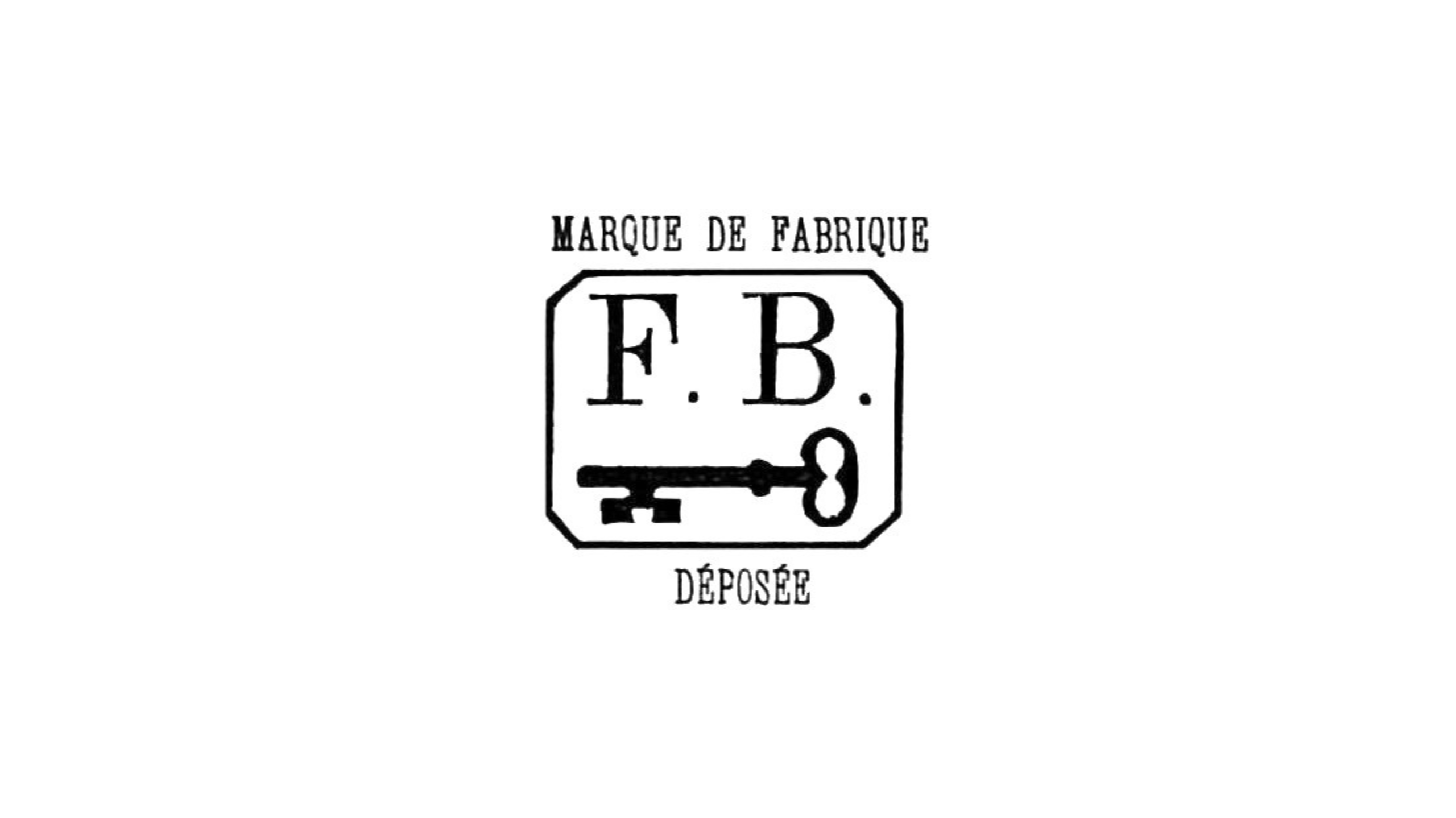For many Swiss watch enthusiasts, Omega is almost synonymous with the Speedmaster, first released in 1957. One could also argue for the Seamaster, which entered the market nearly a decade earlier. But nestled between these two iconic lines came the first Constellation watches. No, they didn’t go to space or appear on James Bond’s wrist—but they did represent the perfect fusion of precision and luxurious elegance, forming the image Omega has projected for over 70 years.
From Centenary to Constellation
Although the first Omega Constellation launched in 1952, the story began a few years earlier. In 1948, celebrating its 100th anniversary, Omega introduced a watch named Centenary. It was the brainchild of René Bannwart—the same man who created the first Seamaster and later founded Corum.

Vintage Omega Constellation Ref. 168.005, Cal. 561, Gold Capped Case from 1966
This compact and classic Omega Constellation automatic chronometer has everything you want in a vintage dress watch: 34 mm gold-capped case, center seconds, an elegant silver sunburst dial, and the iconic “dog leg” lugs that define the reference 168.005.
$2,900.00
See MoreLimited to 6,000 pieces, the Centenary received overwhelming praise from the public. Encouraged by this, Omega decided to turn the concept into a full collection.
The name “Constellation” was inspired by the emblem engraved on the case back: an observatory with eight stars. The stars symbolize Omega’s awards and records in precision competitions from 1933 to 1952. Two stars are particularly special. In 1933 and again in 1936, Omega set world records for accuracy at the Kew-Teddington Observatory. In 1936, the Omega caliber 47.7 scored 97.8 out of 100—a record never beaten.

The Early Constellations and the “Pie-Pan” Dial
The first Constellations used calibers 351, 352, and 354—famous for their bumper automatic winding system. Unlike a full 360° rotor, these rotors moved back and forth in a 120° arc, bouncing off springs. You could actually feel the movement on your wrist. That is, if you're lucky enough to own one of those early pieces.
A defining feature of early Constellations was the "Pie-Pan" dial—named for its resemblance to an inverted pie dish, with a raised center and sloping edges. Though flat dials began replacing them by the mid-1960s, Omega continued producing Pie-Pan dials until at least 1975, when the last model was shipped to the Japanese market.
The C-Shape Case and Integrated Bracelets
In the mid-1960s, both the dial and case of the Constellation changed. In 1964, famed designer Gérald Genta created a new case style with distinctive C-shaped sides. While the 35mm diameter was modest by today's standards, the integrated lugs made the watches appear larger and more modern.

Vintage Omega Constellation C-shape, Cal. 564, Date Window, Gold-rose C-shape case, from 1960's
Since its launch in 1952, the Constellation has been Omega’s flagship for precision and elegance. By 1964, the line embraced the now-iconic C-shaped case, reflecting modernist design and growing preferences for larger, integrated case styles.
$2,900.00
See MoreThat same year, Omega patented the first integrated bracelet—designed by Pierre Moinat. Female models were filed under patent BA 768.0803, and male versions under BA 368.0847. The bracelet’s inner links slotted into the case, making replacement with standard straps impossible. The first models with integrated bracelets hit the market in 1969.
Popular bracelet designs included Genta’s “beads of rice” links and the bold brick-style link bracelets.
The Quartz Era and the Electroquartz
The 1970s brought the Quartz Crisis, which hit traditional watchmakers hard. Omega embraced the trend. At Baselworld 1970, the brand unveiled three quartz-powered models, including the Constellation Electroquartz. With a squared case and a hefty price tag of CHF 5,400, you could have bought a new Volkswagen instead.

The Electroquartz used the early Beta 21 quartz movement (8,192 Hz), which, while groundbreaking, consumed a lot of energy. Omega soon transitioned to more efficient quartz calibers, taking advantage of their thinness to design elegant women's models—some with gemstone dials and luxurious gold bracelets.
The Constellation Manhattan Era
In 2022, Omega celebrated two anniversaries: 70 years of the Constellation and 40 years since the birth of the iconic Constellation Manhattan.
Unlike the common assumption, this design was not by Gérald Genta but by Carol Didisheim, a young jewelry designer who joined Omega in 1980. She was commissioned by product director Pierre-André Aellen to redesign the Constellation.
The now-famous “claws” (or “griffes”) on the sides of the case were inspired by a chance observation. Aellen noticed how his mirror was held to the wall by side brackets—he wondered if the same concept could improve case sealing in a watch. Didisheim turned that idea into the defining visual element of the Manhattan.

The design had no bezel; instead, the claws pressed the sapphire crystal directly onto the case, improving water resistance. The bracelet was integrated, and Roman numerals were printed on the inside of the glass—a space-saving innovation that kept the watch ultra-thin.
The Manhattan debuted with the quartz caliber 1422, co-developed with ETA. In 1984, Omega added automatic versions using chronometer-certified caliber 1111, based on the ETA 2892-2. By 1995, the Roman numerals moved from the crystal to the bezel, giving the watch the familiar modern look.

Rare Omega Constellation Manhattan Vintage Watch, 18K Gold, Day-Date, Swiss Watch
This Omega Constellation Manhattan Day-Date, measuring 34 mm across, the two-tone stainless steel and 18K yellow gold case presents a bold yet balanced profile - true to the spirit of the Constellation line.
$1,450.00
See More
That same year, the “My Choice” ad campaign gave the Constellation its celebrity moment. Stars like Cindy Crawford, Martina Hingis, and Robert Wagner wore the Manhattan in international ads.

From Double Eagle to Globemaster
At the 2003 Omega European Masters golf tournament, Omega launched the Constellation Double Eagle, featuring the brand’s first co-axial caliber 2500.

In 2009, the Manhattan underwent a major redesign: new dials, monolink bracelets with butterfly clasps, and sleeker claws. The collection began focusing more on women's models, with case sizes in 25, 28, and 29mm.
The Globemaster: A Modern Milestone
In 2015, Omega elevated the Constellation family again with the launch of the Globemaster—the brand’s first Master Chronometer certified by METAS.
The eight stars in the Constellation emblem now symbolize not only Omega's eight historical records but also the eight METAS testing criteria, including resistance to 15,000 gauss of magnetism. The Globemaster uses calibers 8900 and 8901, offering superb performance.

Design-wise, the Globemaster fuses vintage elements: a Pie-Pan dial from the 1950s and a fluted bezel reminiscent of the 1960s. Even the name “Globemaster” has historical roots—it was used on early Constellation models for the U.S. market due to trademark issues with the name “Constellation,” which also referred to Lockheed’s commercial aircraft.
Today’s Constellation: Elegance Across Generations
Today, the Omega Constellation collection spans a wide range of sizes, materials, and styles. From diamond-studded women’s pieces to METAS-certified men’s models, the collection remains a pillar of elegance, innovation, and heritage.
But one thing stays constant: the little gold star at 6 o’clock—a guiding light for over 70 years of Constellation history.
Read other Omega fascinating stories:
Omega Dynamic
Omega Cosmic
Omega Seamaster
Omega Ladymatic
Omega Speedmaster

